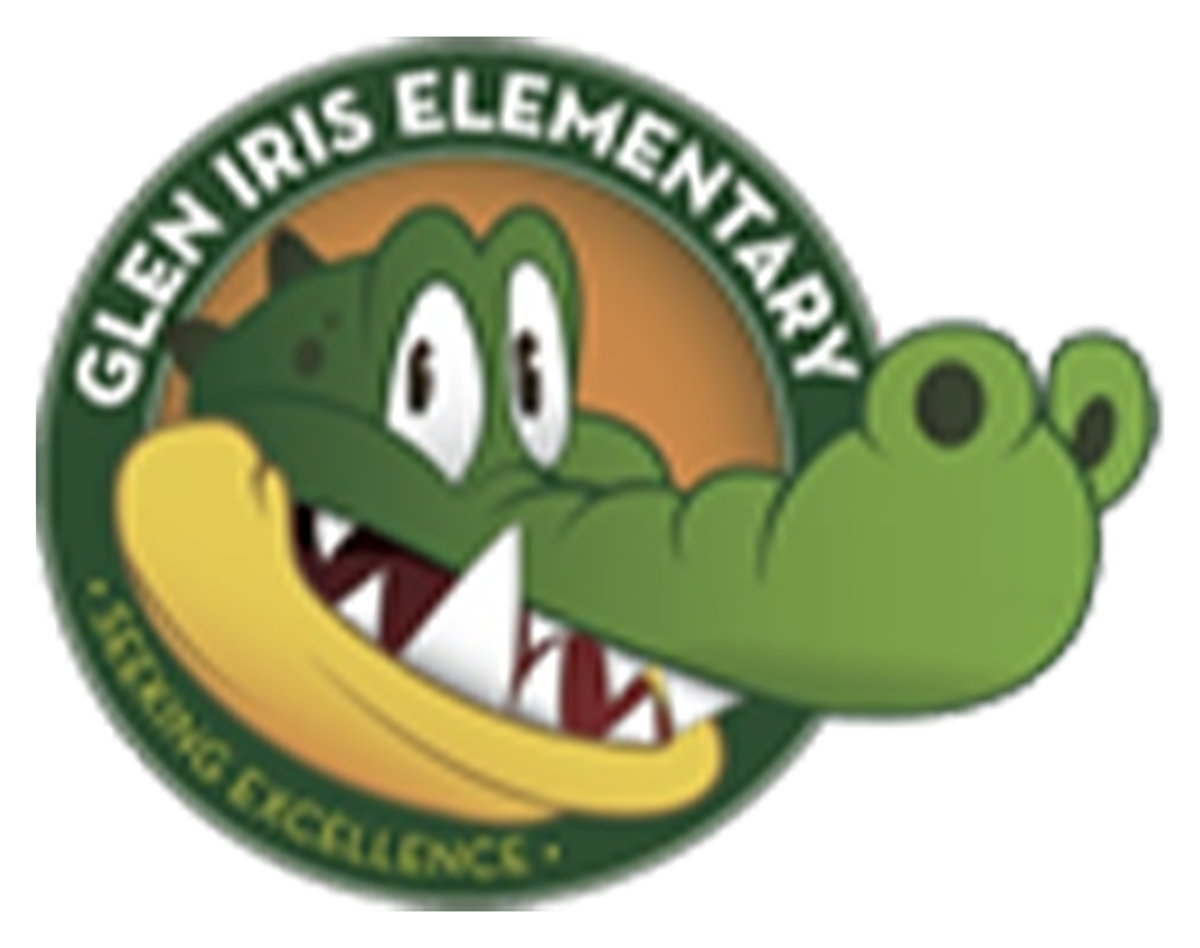Skip to content
Show submenu for Our School
Our School
Show submenu for Administration
Show submenu for Staff
Show submenu for Student Life
Show submenu for Parents
Parents
Show submenu for Pre-K Program
Pre-K Program
Show submenu for Library
Athletics
Show submenu for For Teachers
Show submenu for
